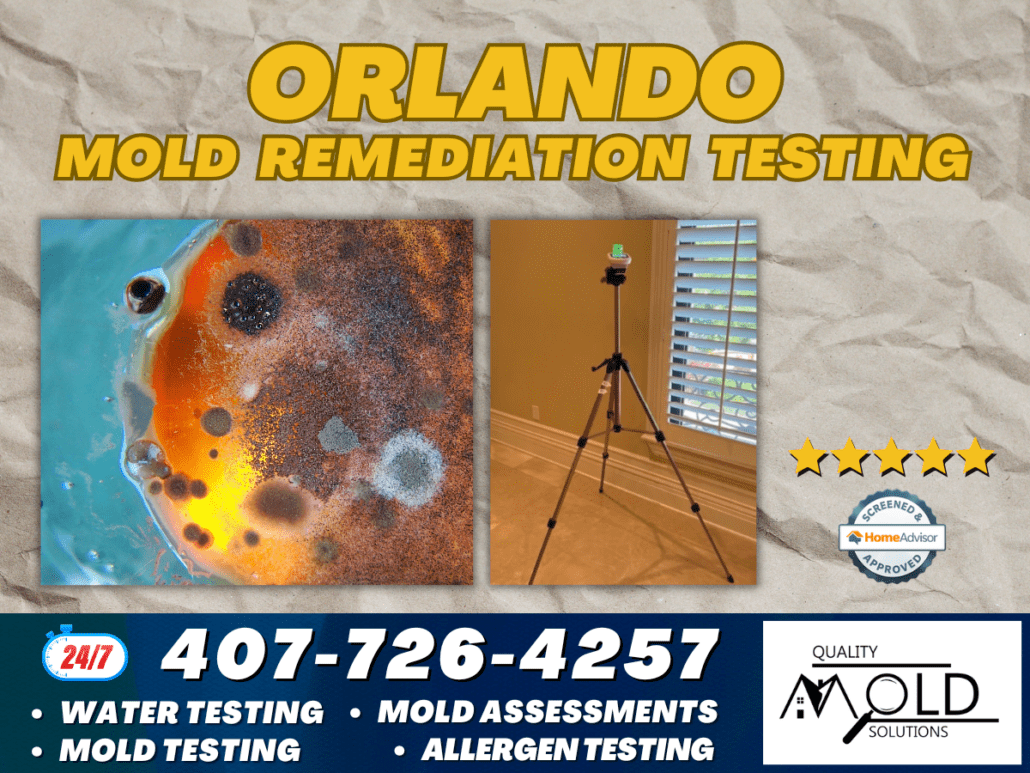Mold is a common issue that can pose serious health risks and cause significant damage to properties. Addressing mold growth effectively requires a thorough understanding of the mold remediation process, including the essential step of mold remediation testing both before and after remediation. In this comprehensive guide, we’ll explore what mold remediation involves, why testing is crucial, and how it ensures a safe and healthy environment for occupants.ere to add your own text
Understanding Mold Remediation
Mold remediation is the process of identifying, removing, and preventing mold growth within a property. Mold can develop in areas with excess moisture, such as bathrooms, basements, and kitchens, and can spread quickly if not addressed. Remediation involves several steps, including:
- Assessment and Inspection: Identifying the extent of mold growth and the underlying causes, such as leaks or poor ventilation.
- Containment: Isolating affected areas to prevent the spread of mold spores to unaffected areas.
- Removal: Physically removing mold-infested materials and cleaning surfaces.
- Cleaning and Sanitizing: Using specialized cleaning agents and techniques to eliminate mold spores.
- Restoration: Repairing or replacing damaged structures and materials.
While these steps are vital, mold remediation testing before and after remediation is equally important to ensure the success of the process.
The Importance of Mold Remediation Testing
Pre-Remediation Testing
Pre-remediation testing is conducted before the remediation process begins. This initial testing serves several critical purposes:
- Identifying Mold Species: Different mold species require different remediation approaches. Identifying the specific type of mold present helps in devising an effective remediation strategy.
- Determining Extent of Contamination: Pre-remediation testing provides a clear picture of how widespread the mold problem is, which is crucial for planning the scope of the remediation.
- Establishing Baseline Levels: Knowing the initial levels of mold spores in the environment helps in comparing post-remediation results to ensure the remediation was successful.
- Health and Safety: Understanding the types and concentrations of mold present allows for proper safety measures to protect remediation workers and occupants.
Post-Remediation Testing
Post-remediation verification is conducted after the remediation process is completed. Its primary purposes are:
- Verifying Effectiveness: Ensuring that the remediation process has successfully removed the mold and that mold spore levels have been reduced to safe levels.
- Preventing Recurrence: Identifying any remaining moisture issues or mold growth that could lead to future problems.
- Providing Peace of Mind: Offering assurance to property owners and occupants that the environment is safe and healthy.
Both pre- and post-remediation testing are essential to the overall success of mold remediation. Let’s delve deeper into the process of mold remediation testing.
The Process of Mold Remediation Detection
Pre-Remediation Testing
- Visual Inspection: A thorough visual inspection is the first step in identifying visible mold growth and potential moisture sources. Professionals use tools like moisture meters and thermal imaging cameras to detect hidden mold and moisture problems.
- Air Sampling: Air samples are collected from various locations within the property to measure the concentration of mold spores in the air. These samples are sent to a laboratory for analysis to identify mold species and spore counts.
- Surface Sampling: Surface samples are taken from suspected mold-infested areas using swabs, tape lifts, or contact plates. These samples help identify mold colonies and their concentrations.
- Environmental Assessment: Assessing factors such as humidity levels, ventilation, and water damage helps in understanding the conditions that contributed to mold growth.
Conducting Mold Remediation
Once pre-remediation testing is complete and the scope of the problem is understood, the actual mold remediation process can begin. This involves:
- Containment: Affected areas are isolated using physical barriers and negative air pressure to prevent mold spores from spreading to other parts of the property.
- Removal and Disposal: Mold-infested materials such as drywall, insulation, and carpeting are carefully removed and disposed of following industry guidelines.
- Cleaning: Surfaces are thoroughly cleaned using antimicrobial agents and specialized equipment to remove mold spores.
- Drying: Dehumidifiers and air movers are used to eliminate excess moisture, reducing the risk of mold recurrence.
- Repair and Restoration: Any damaged structures are repaired or replaced to restore the property to its original condition.
Post-Remediation Testing
- Visual Inspection: A follow-up visual inspection ensures that all visible mold has been removed and that the affected areas are clean and dry.
- Air Sampling: Post-remediation air samples are collected and analyzed to compare with pre-remediation levels. This confirms that mold spore concentrations have been significantly reduced.
- Surface Sampling: Additional surface samples are taken from remediated areas to verify that mold colonies have been eradicated.
- Moisture Assessment: Ensuring that moisture levels are within acceptable ranges helps prevent future mold growth.
Benefits of Using a Professional Mold Testing Company
Engaging a professional mold remediation company for both pre- and post-remediation testing offers several advantages:
- Expertise: Certified mold inspectors have the knowledge and experience to accurately identify mold species and contamination levels.
- Comprehensive Reports: Detailed reports from professional testing provide valuable information for property owners, including recommendations for preventing future mold growth.
- Compliance: Professional testing ensures compliance with industry standards and guidelines, such as those set by the American Industrial Hygiene Association (AIHA) and the Environmental Protection Agency (EPA).
- Peace of Mind: Knowing that your property has been thoroughly tested and remediated gives peace of mind to occupants and property owners alike.


